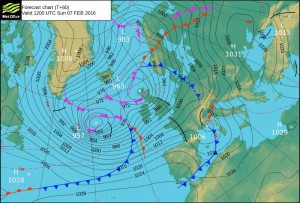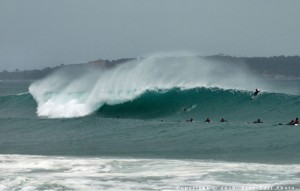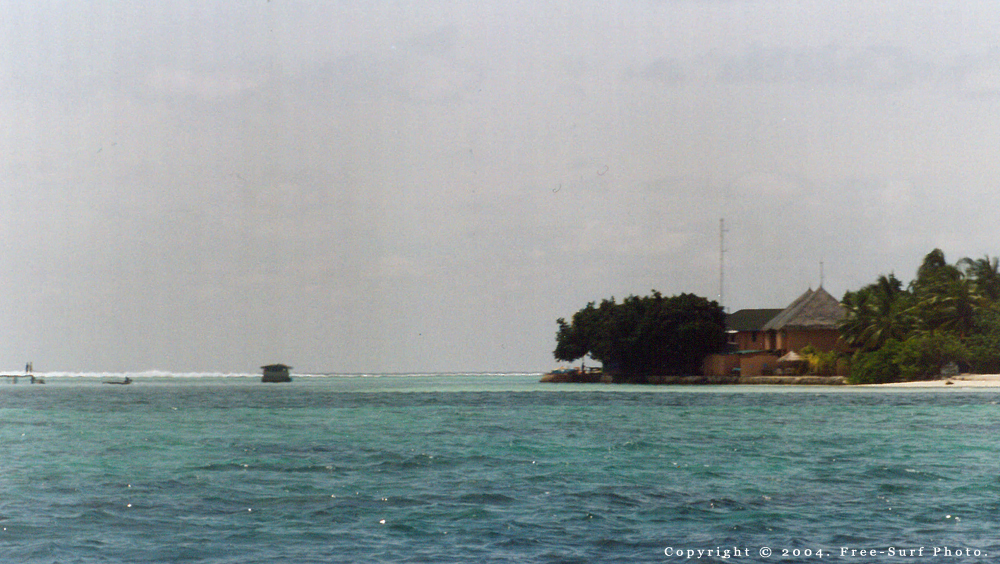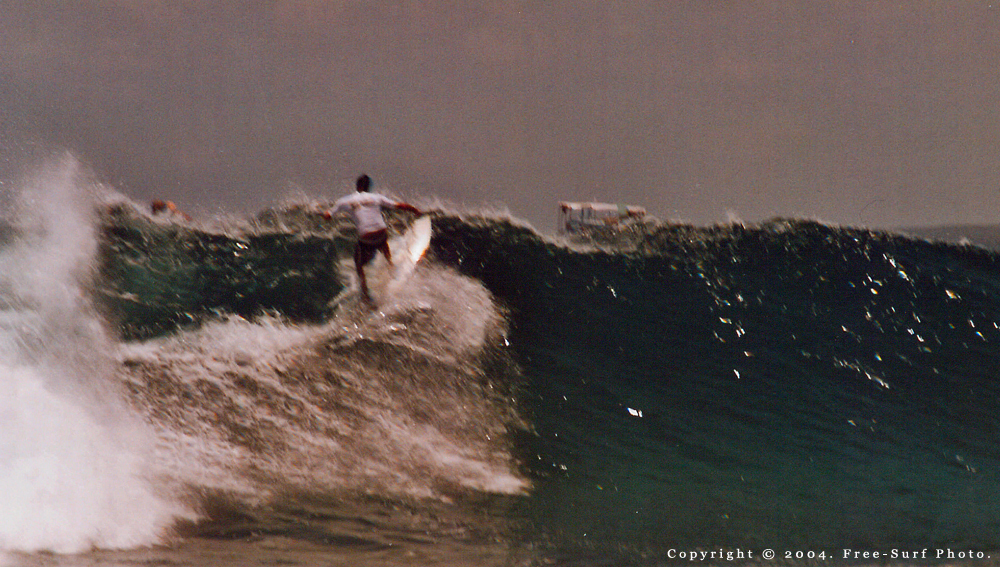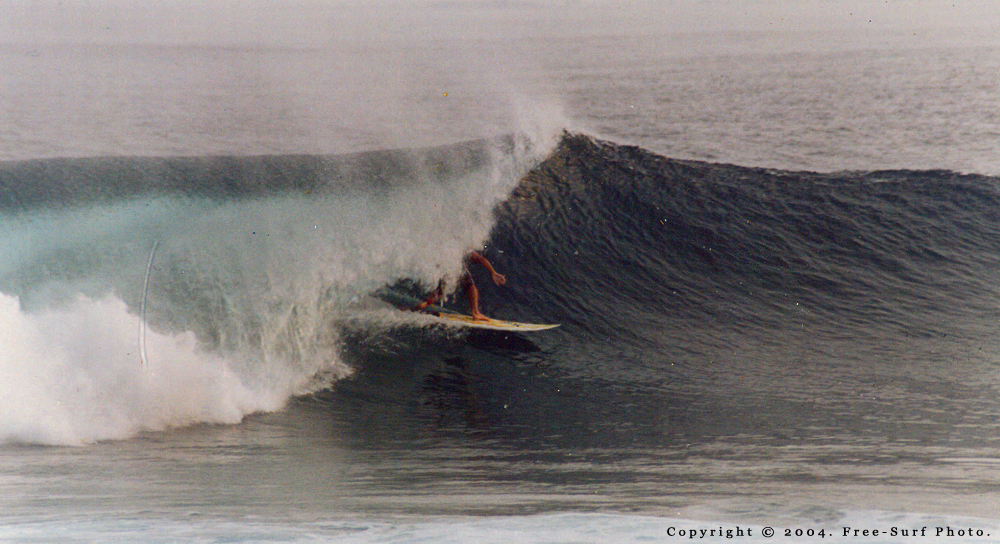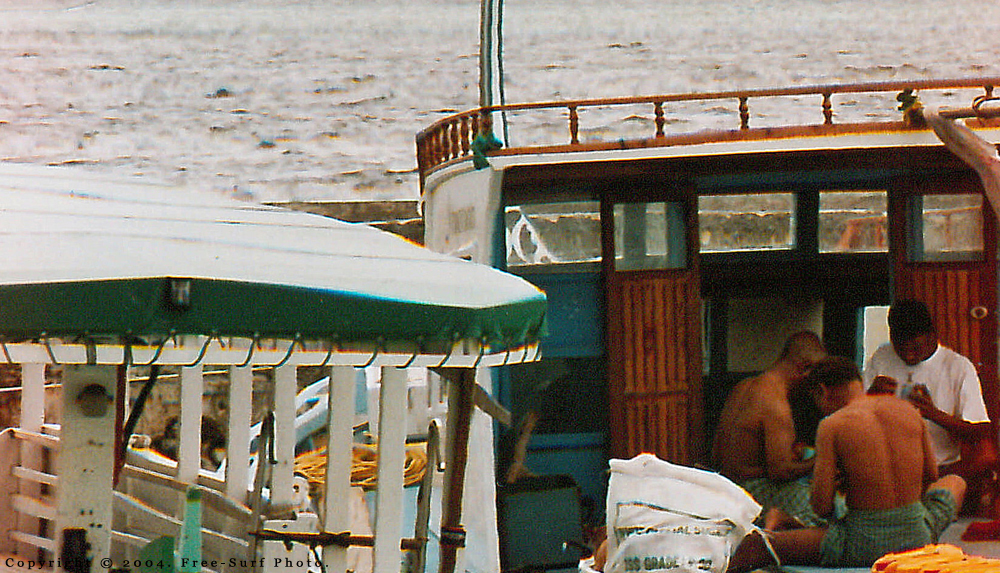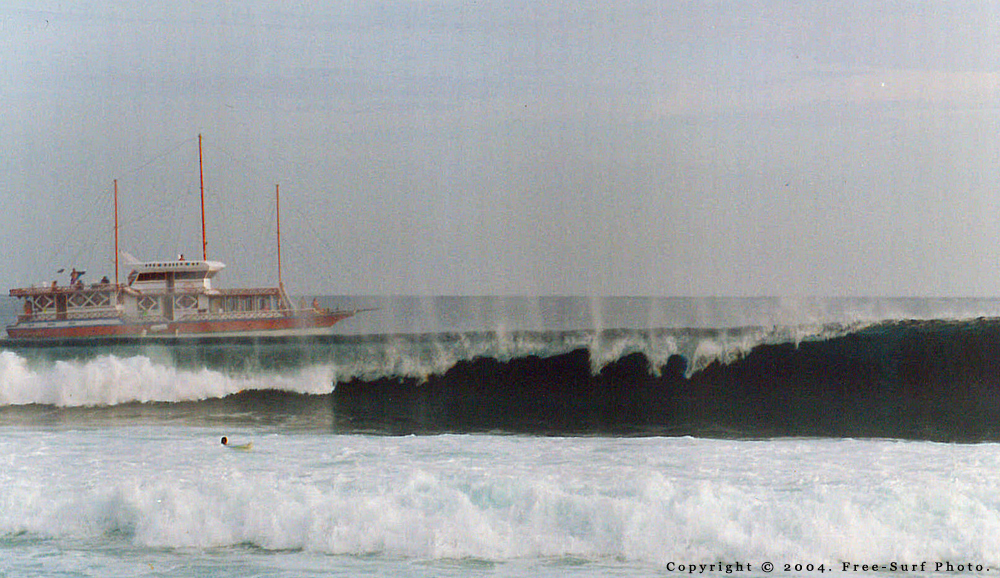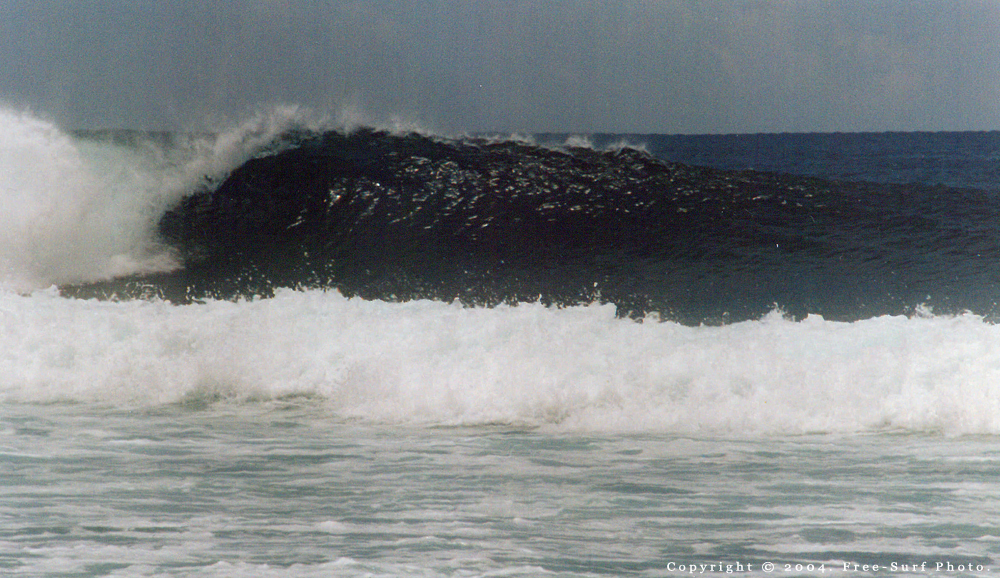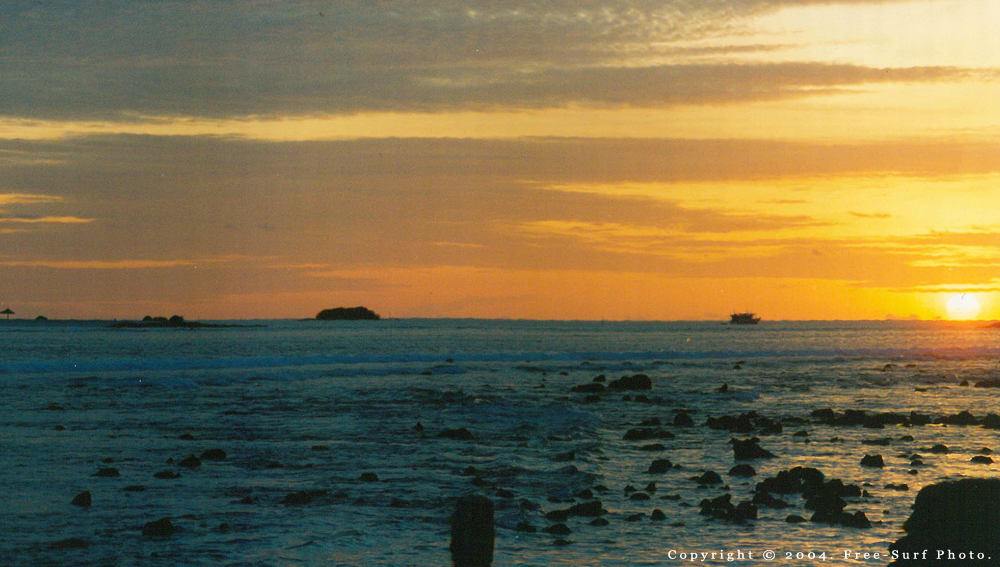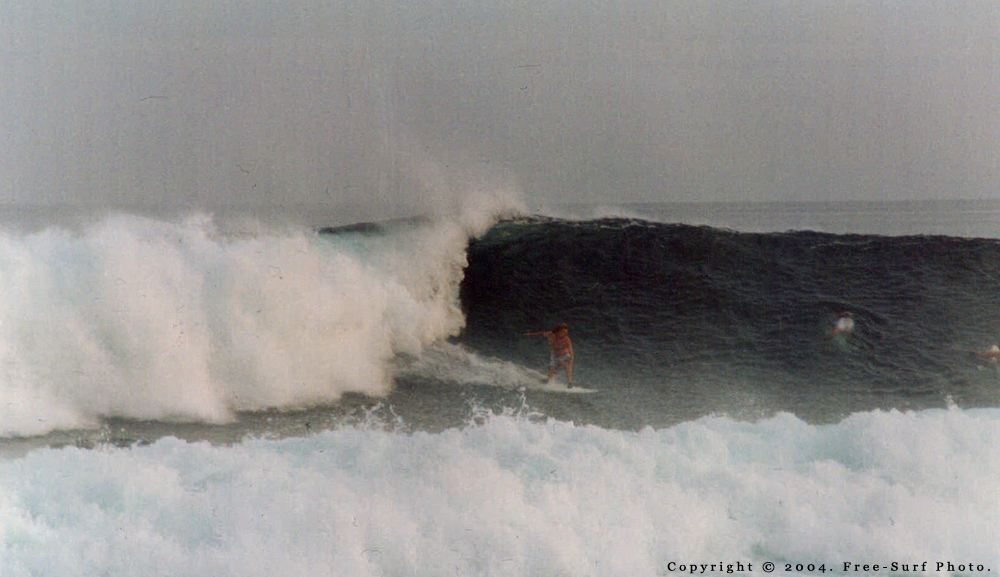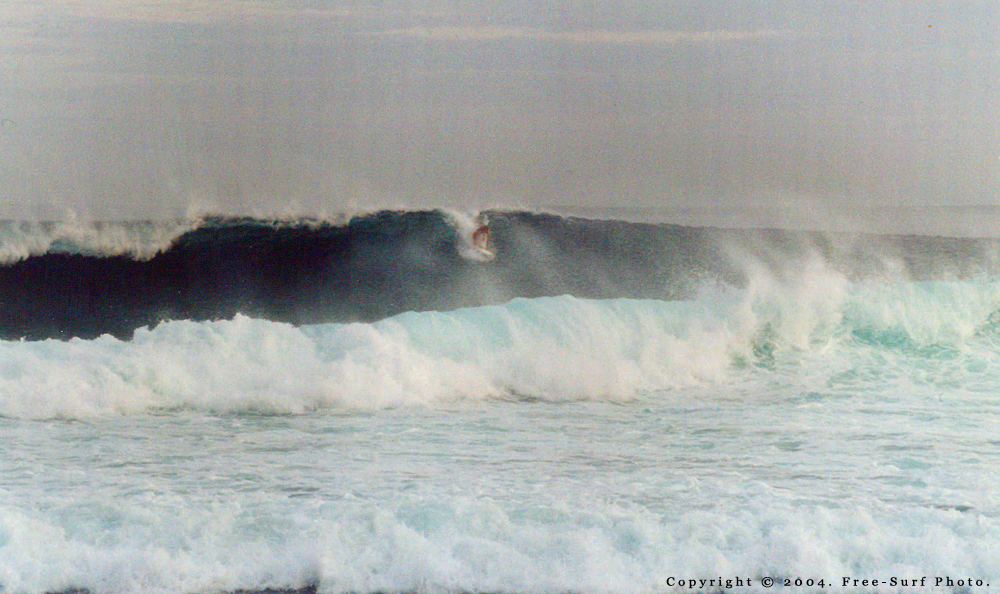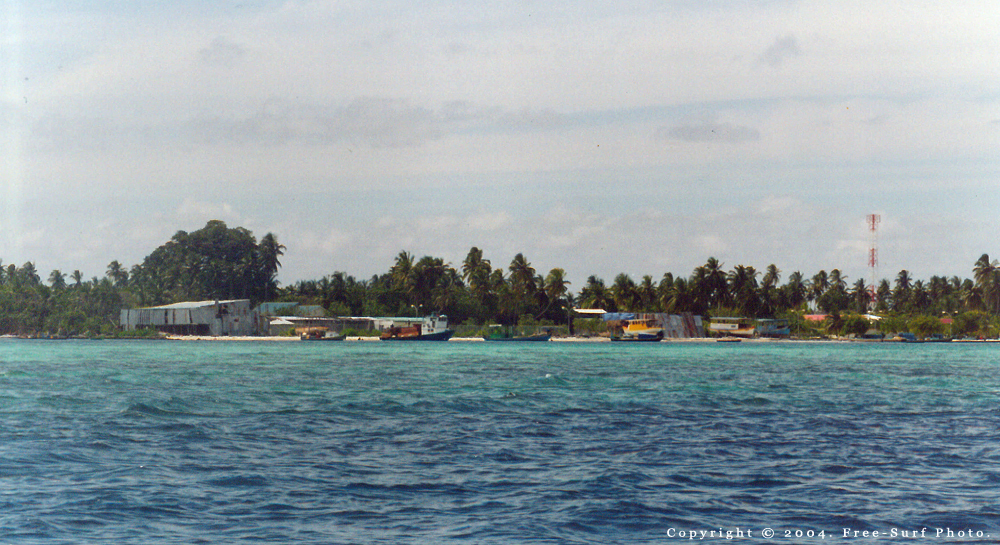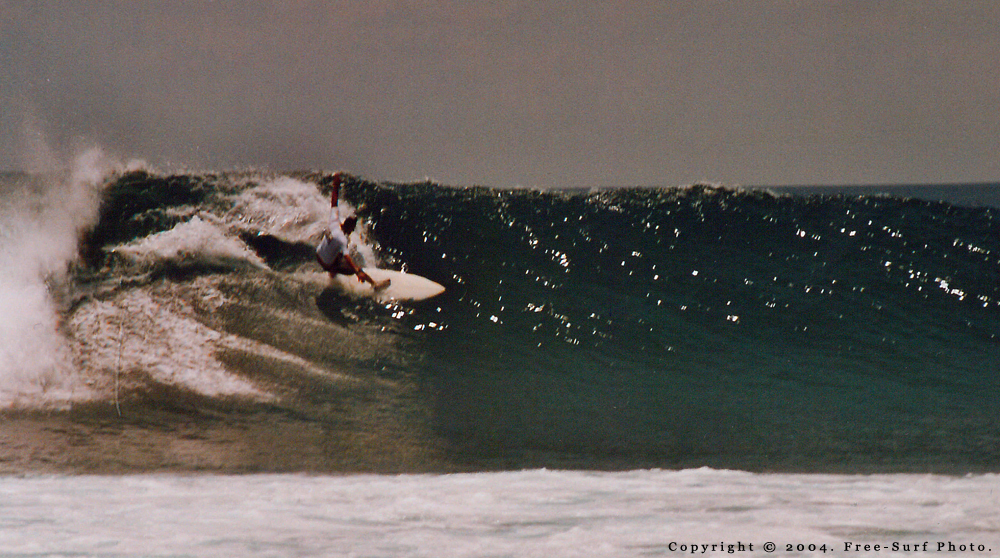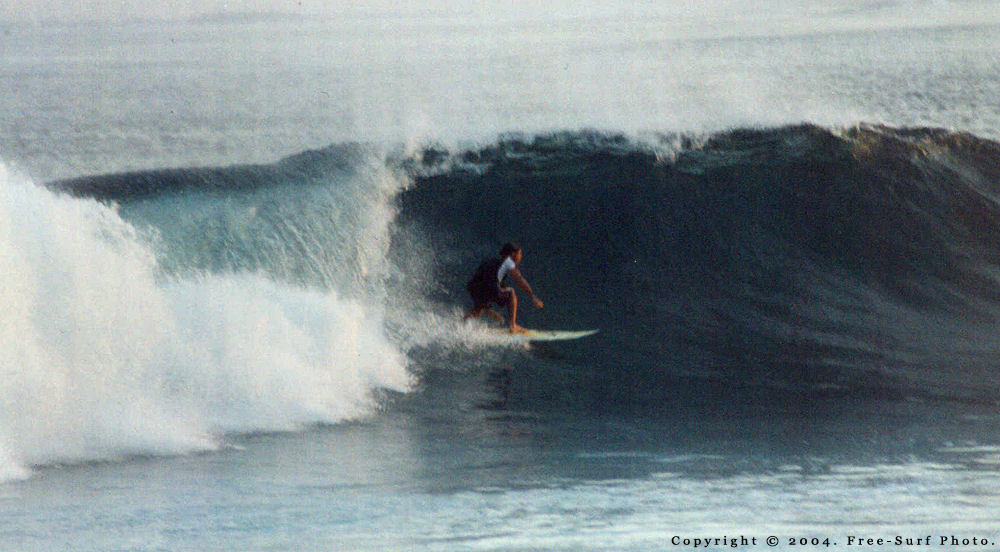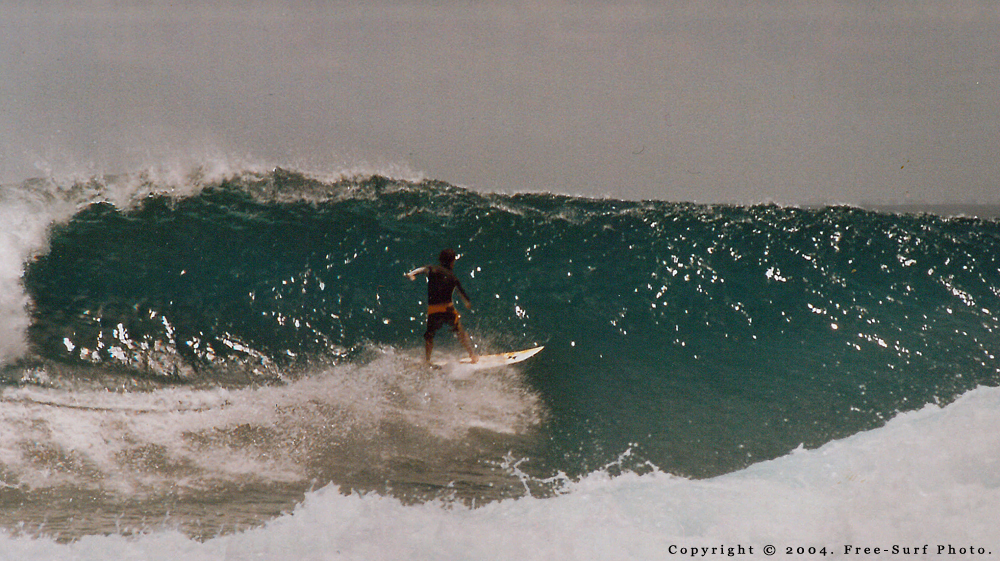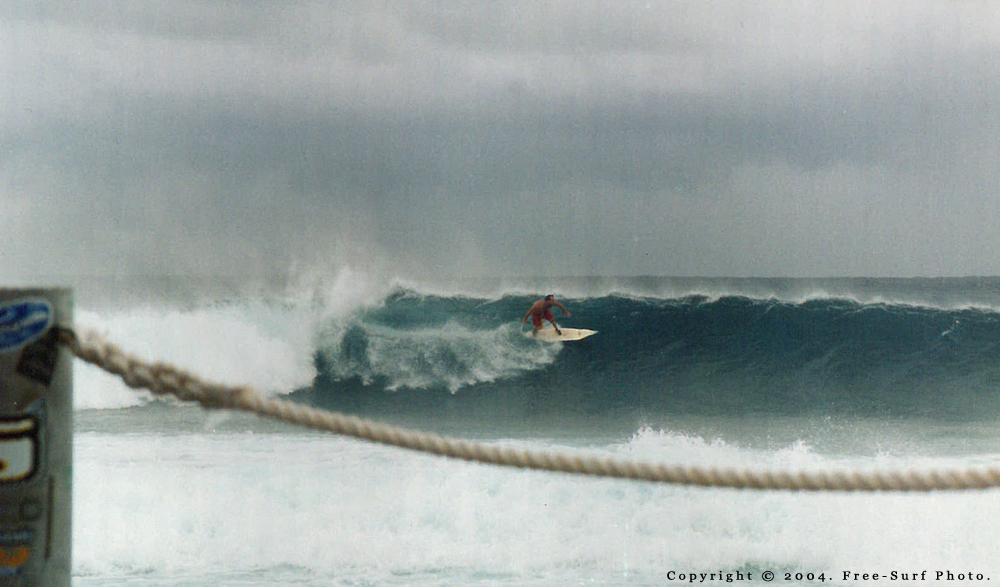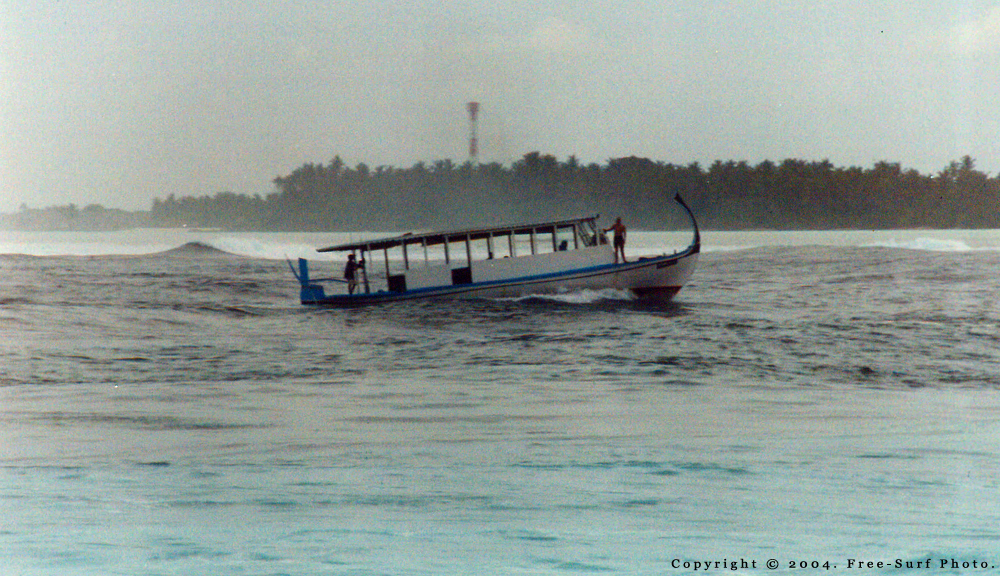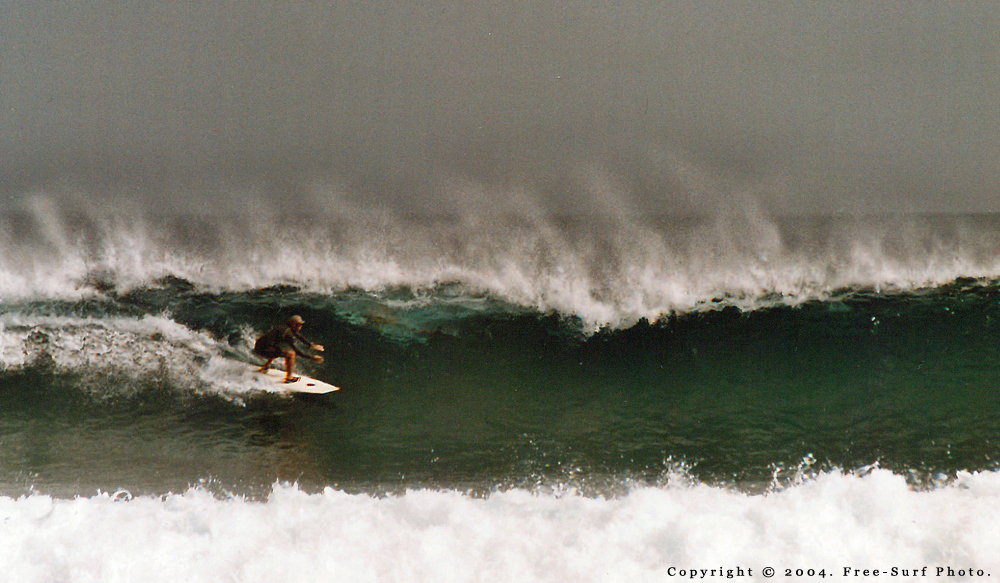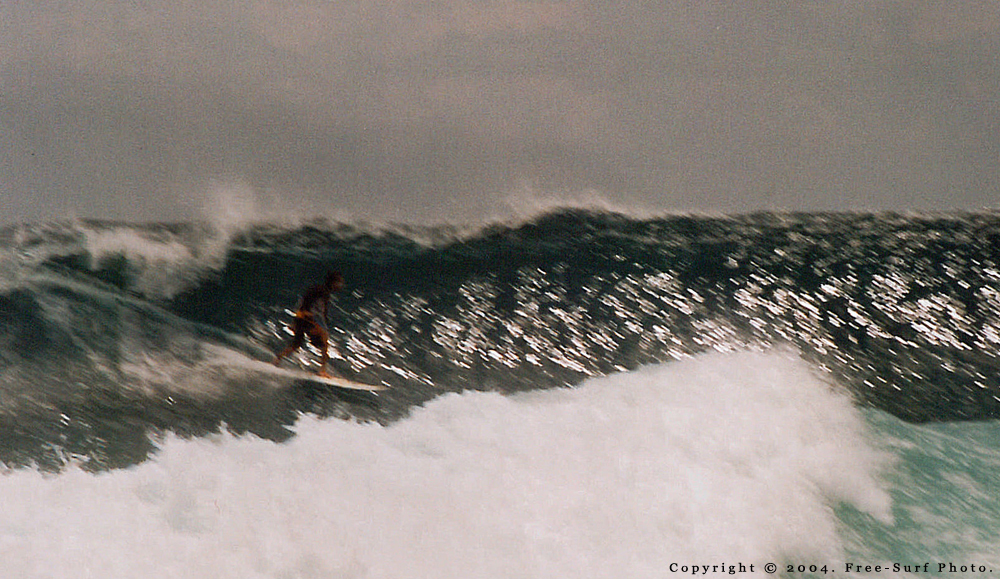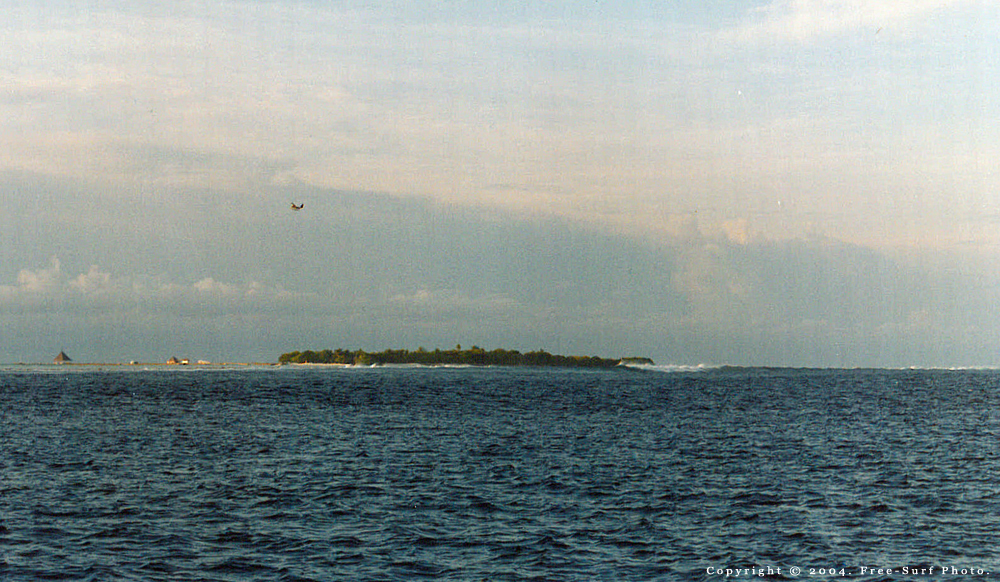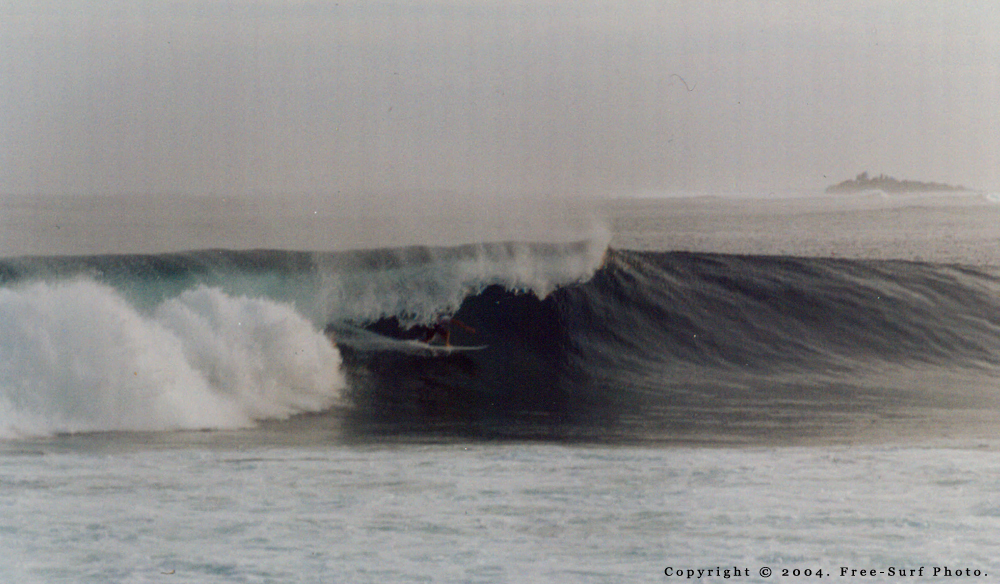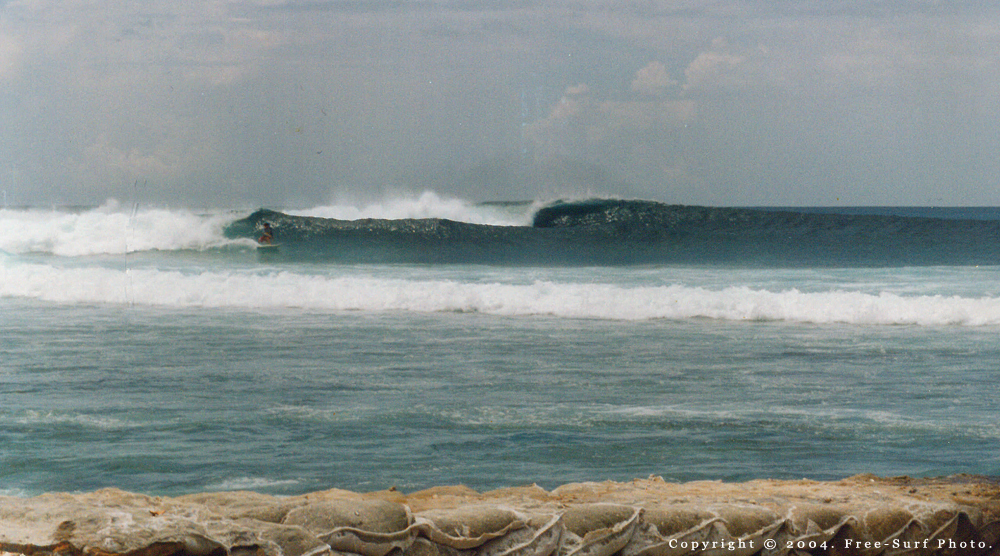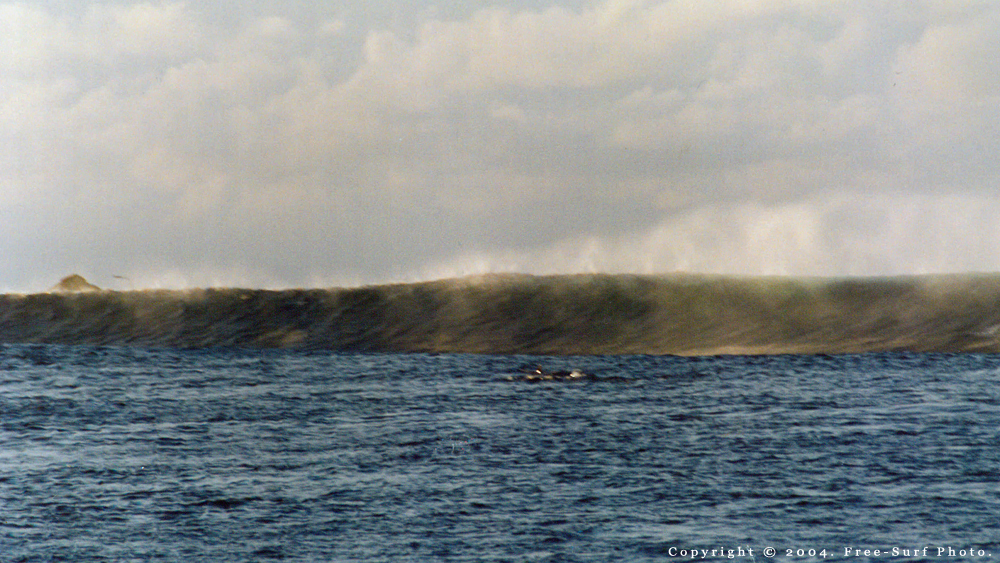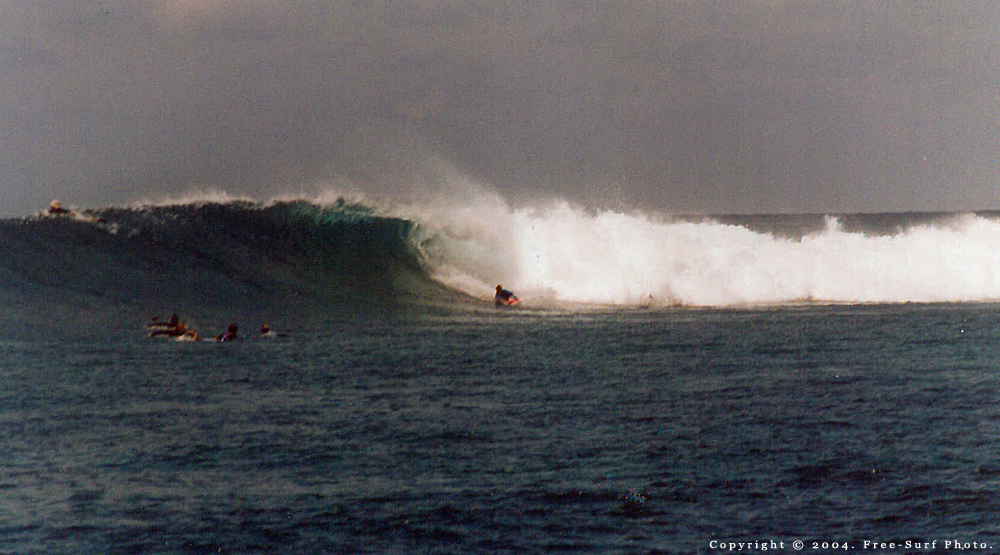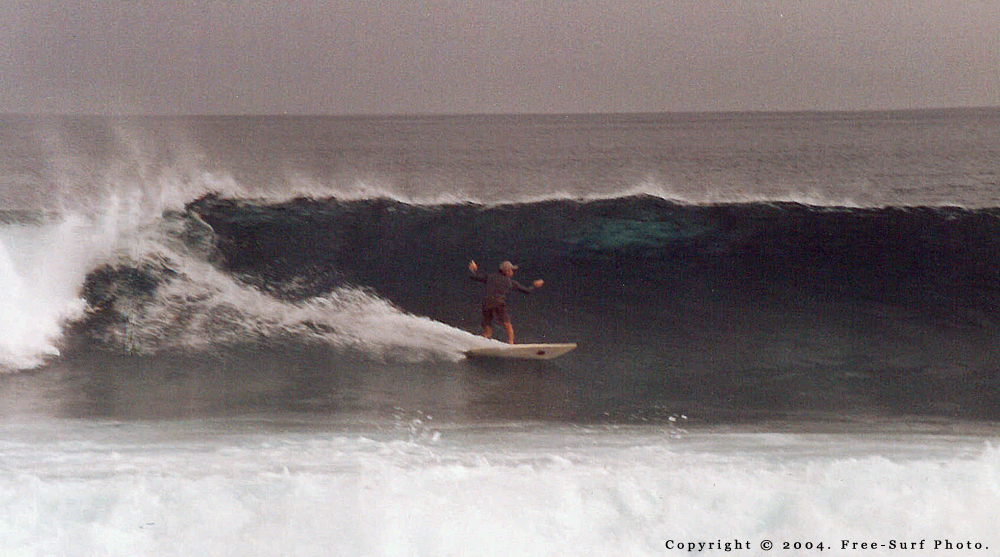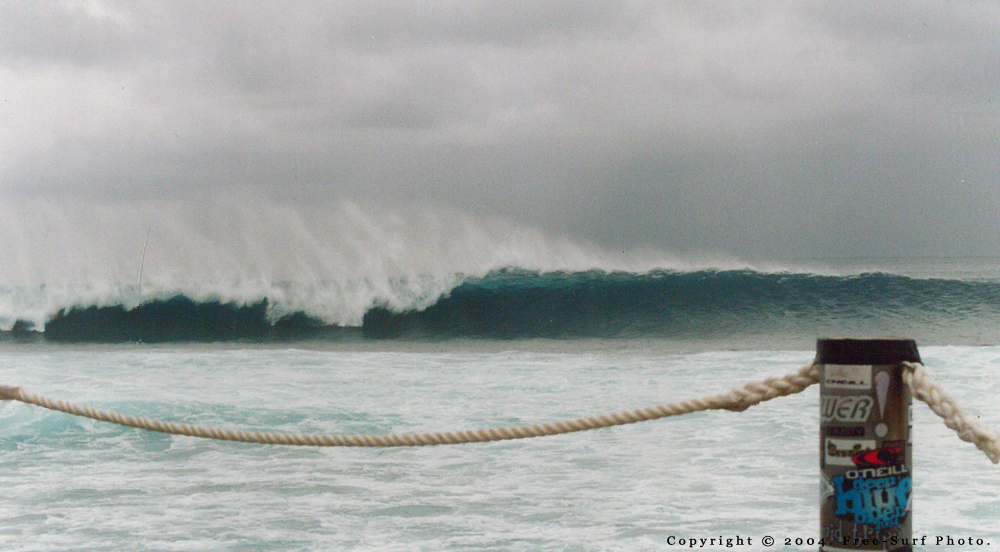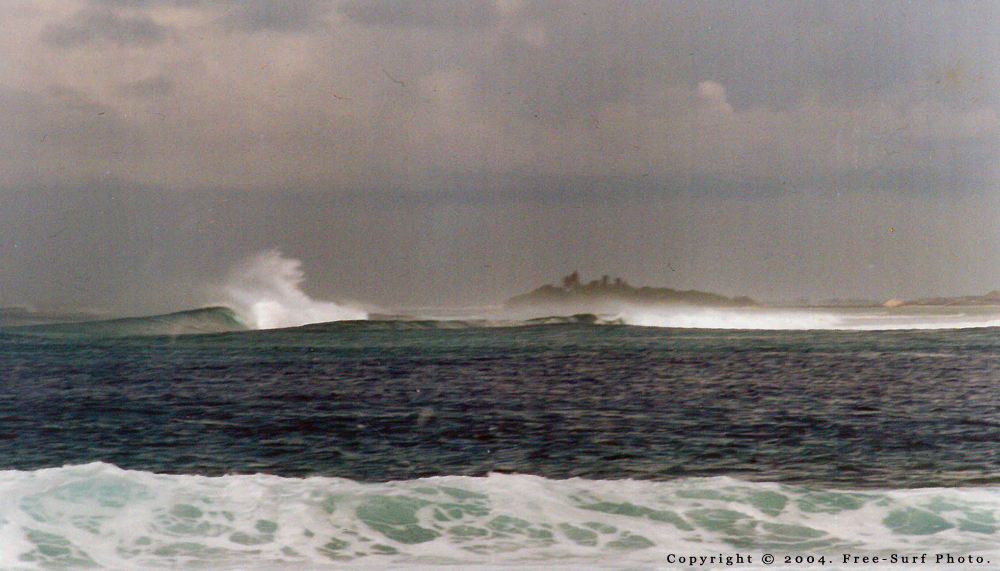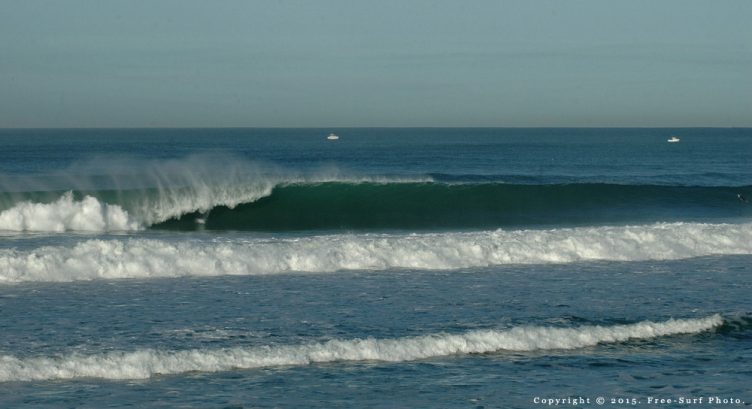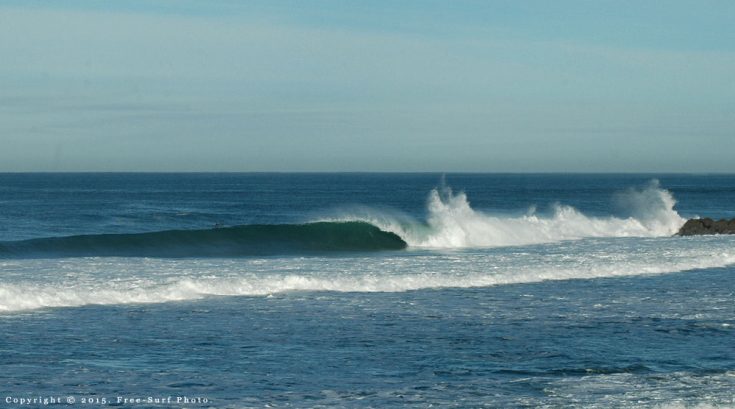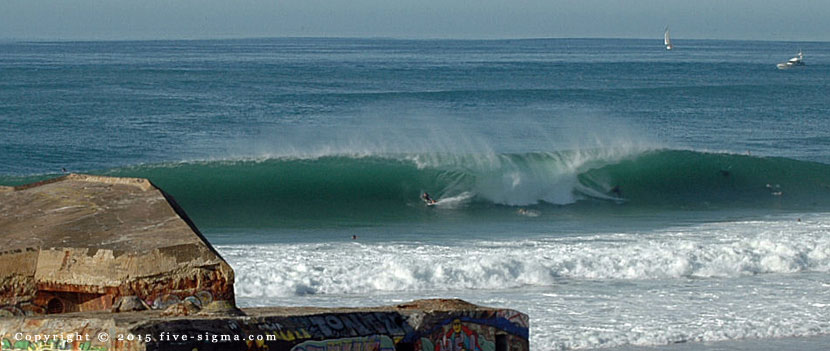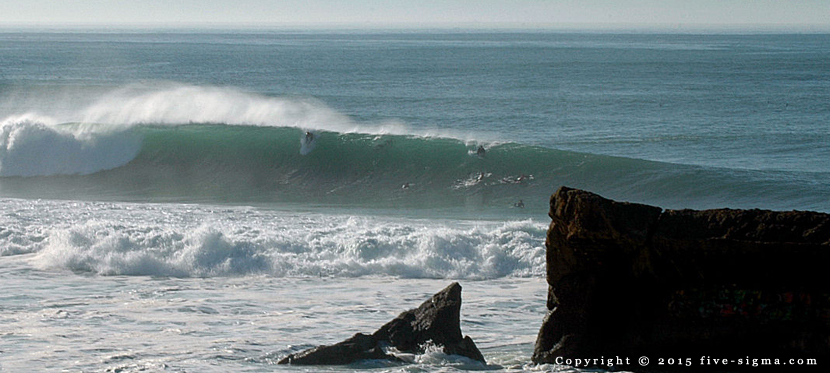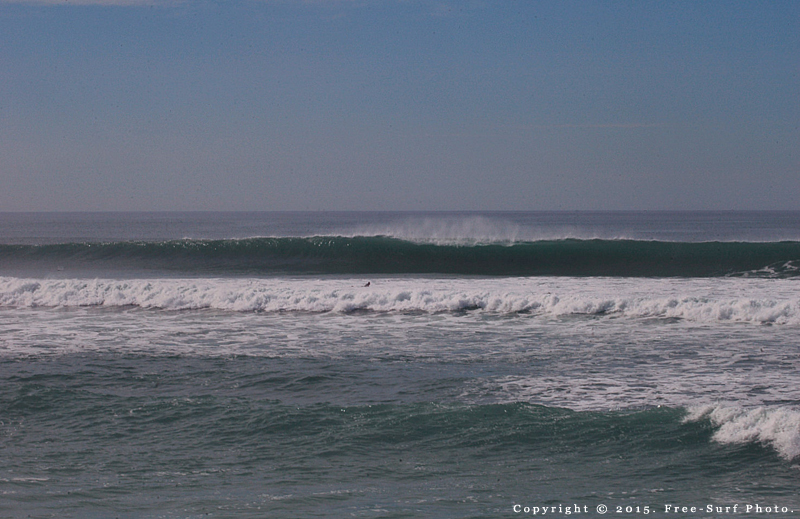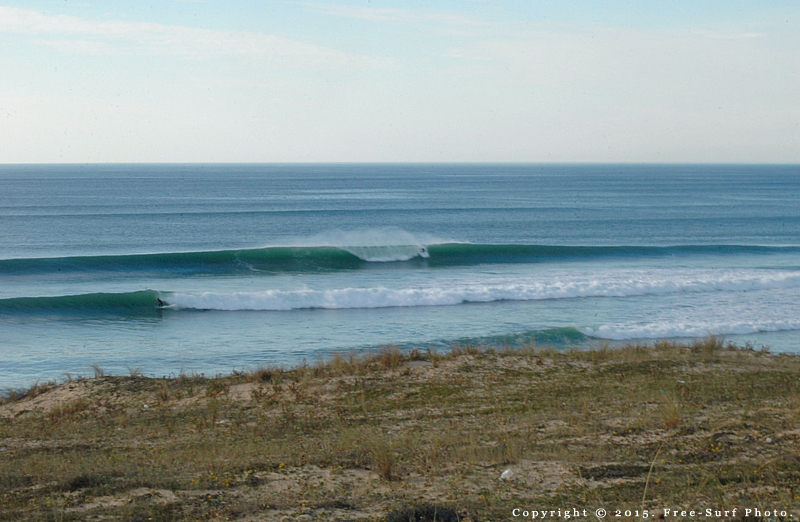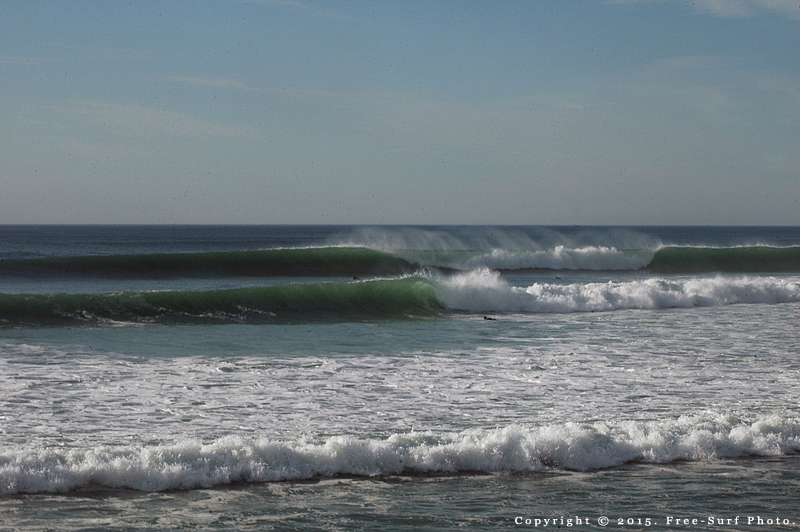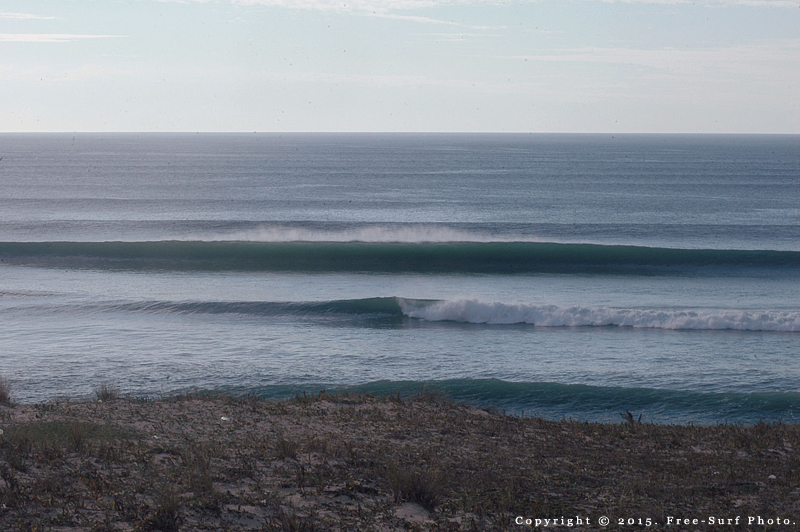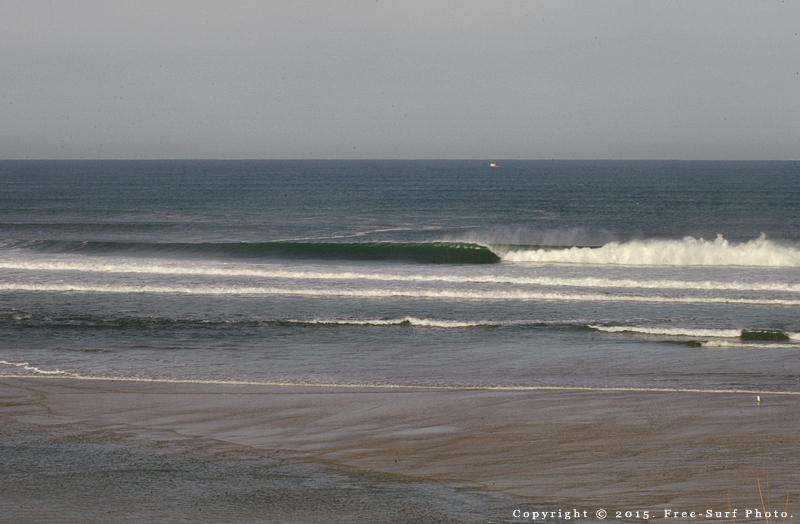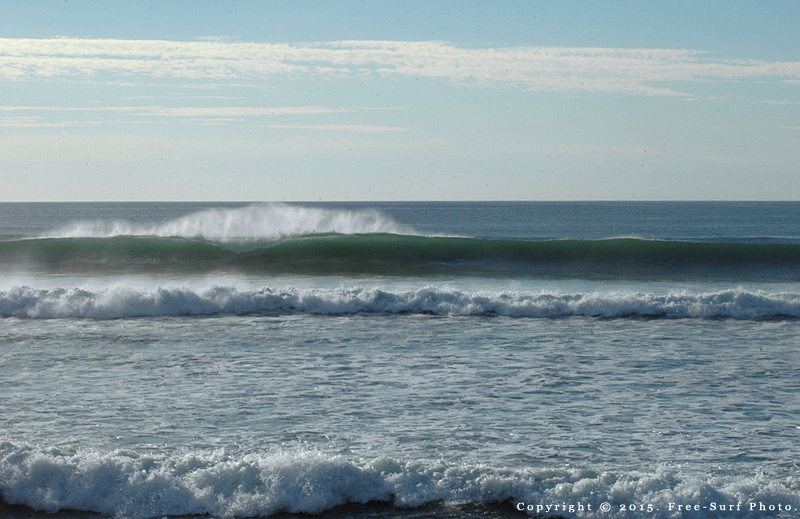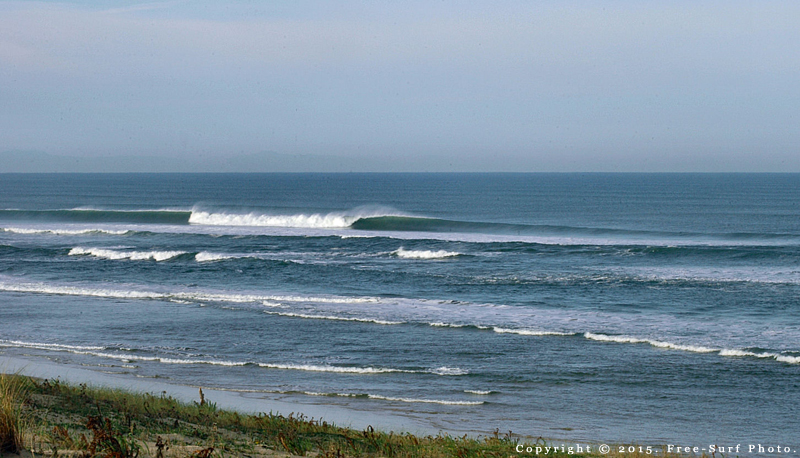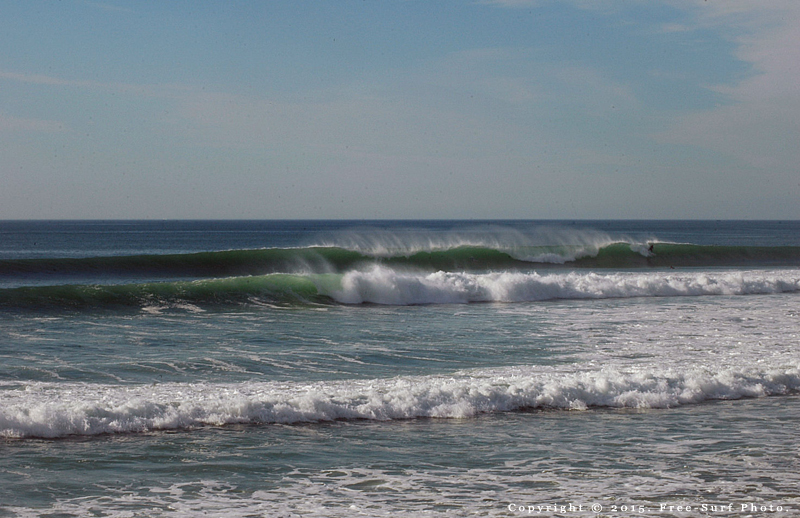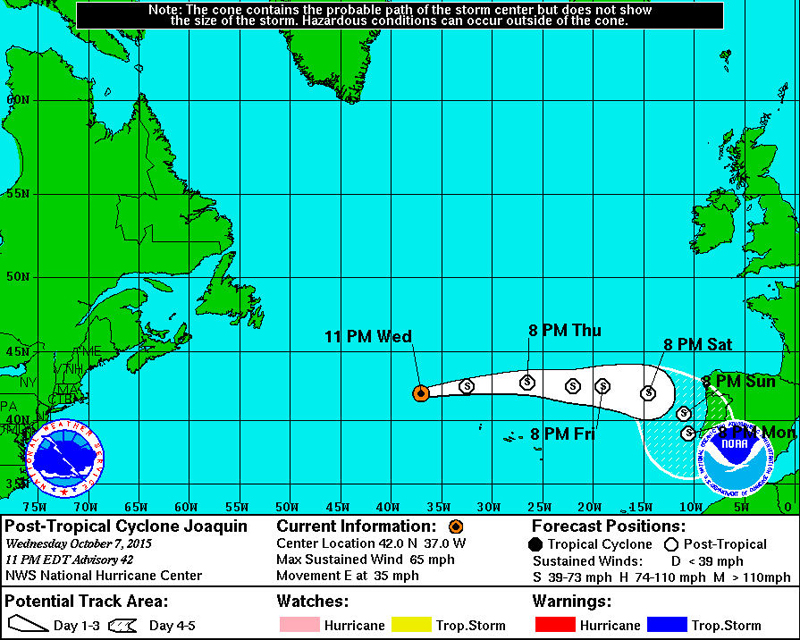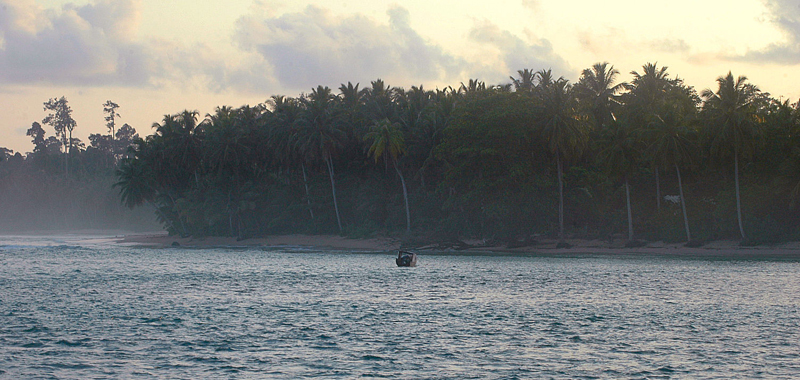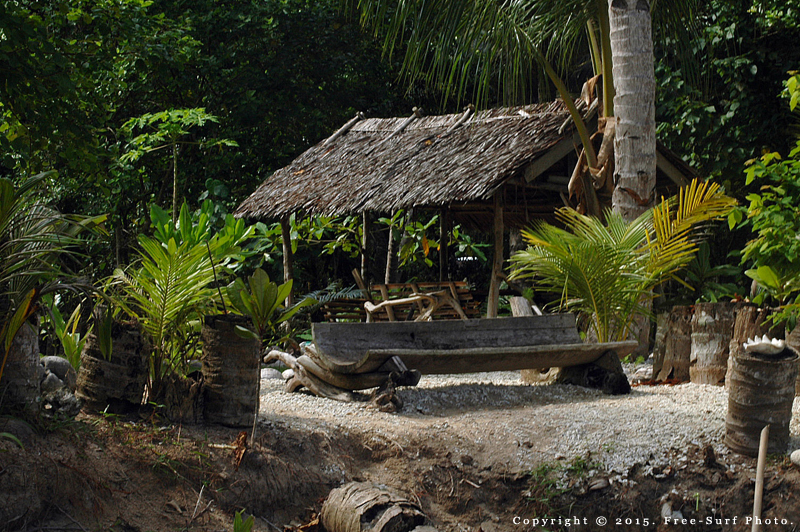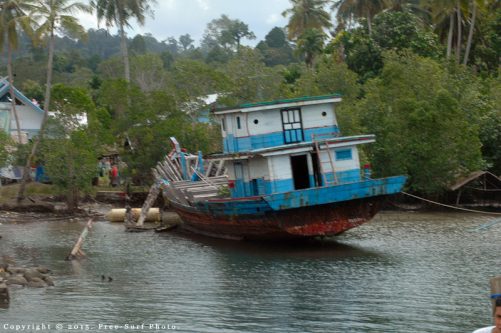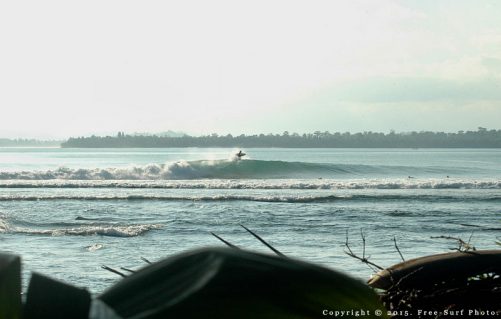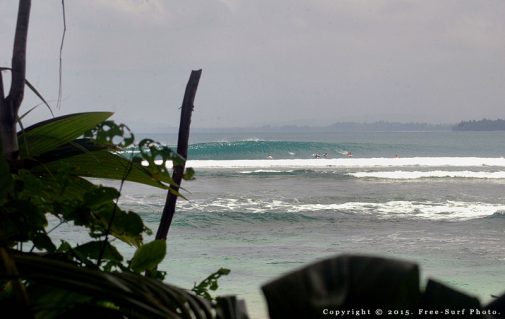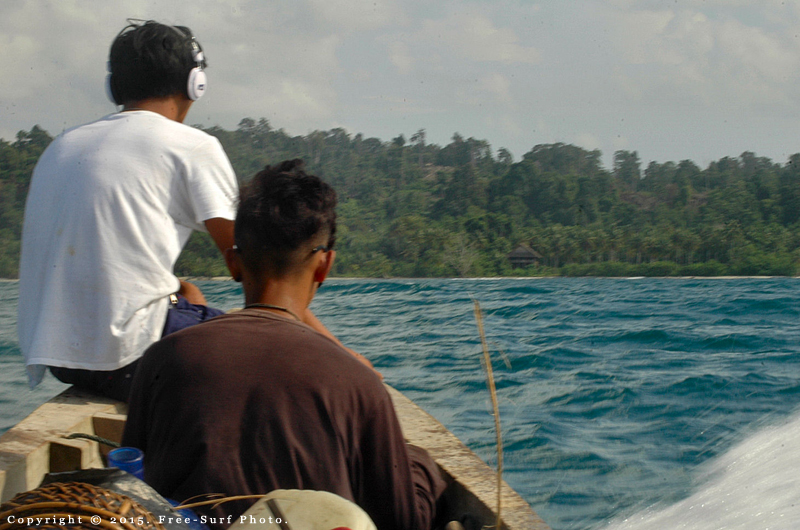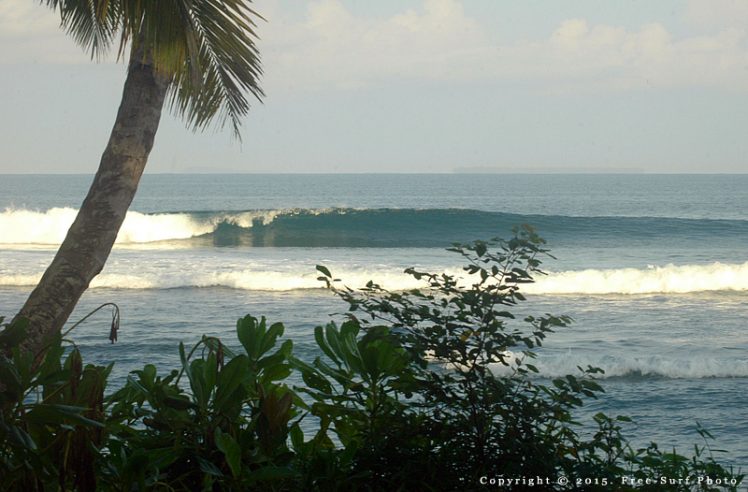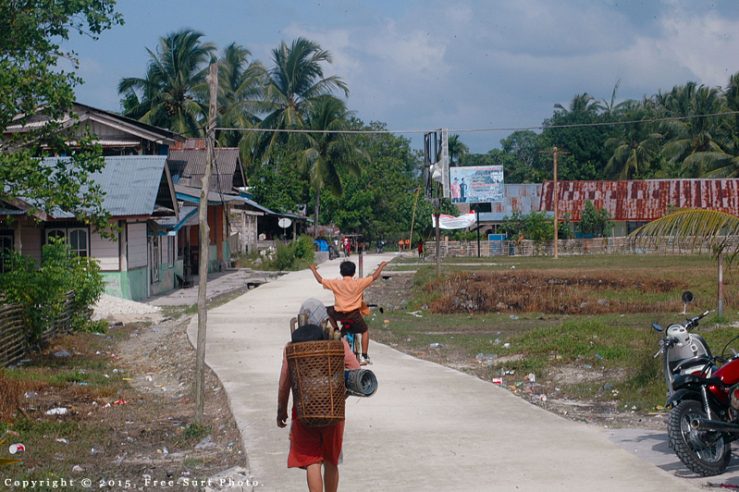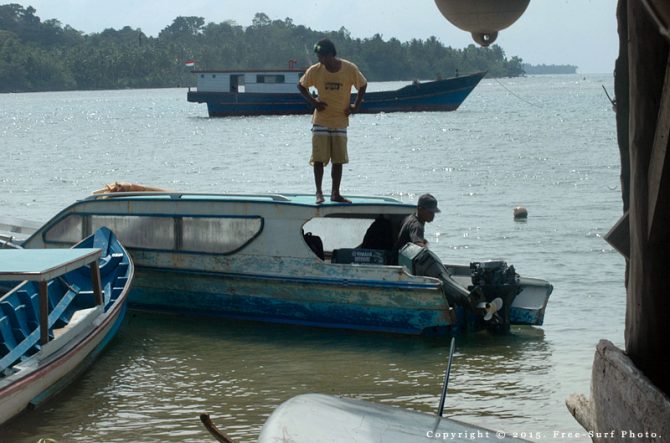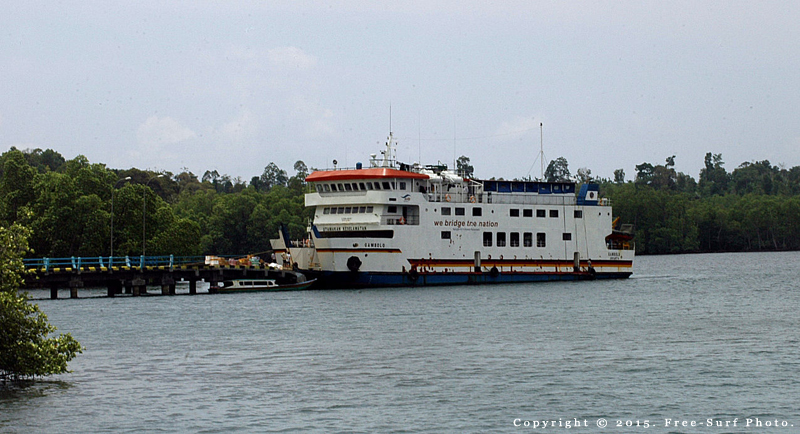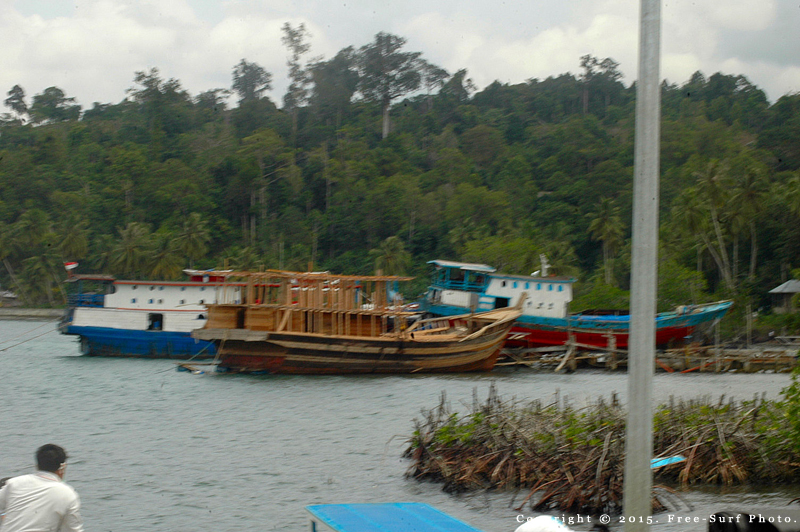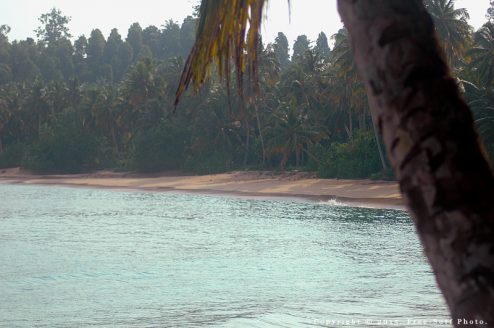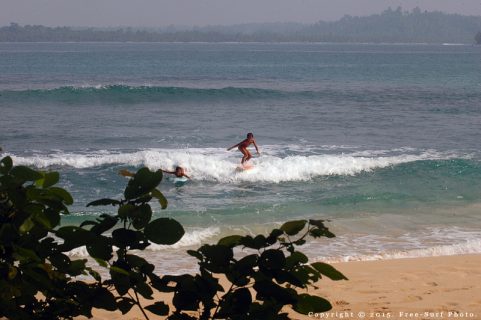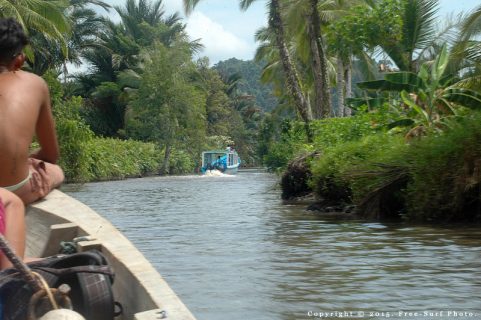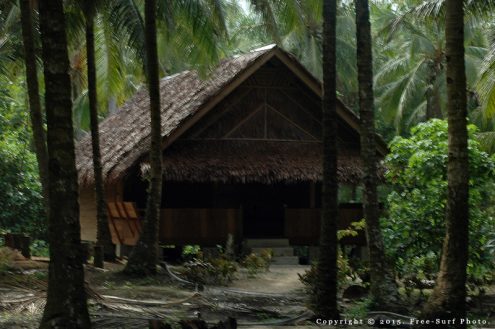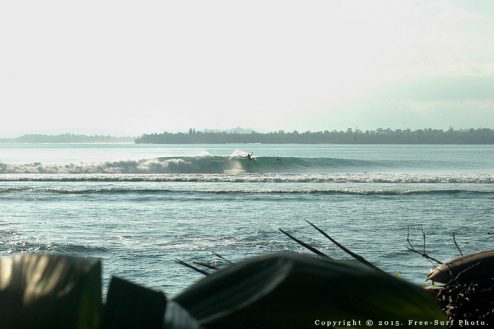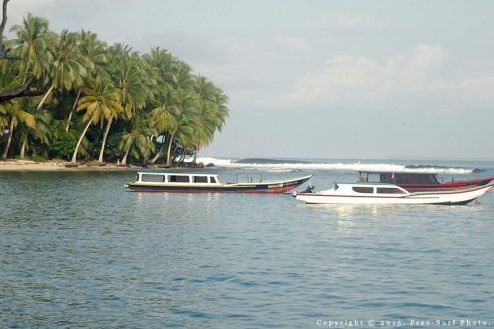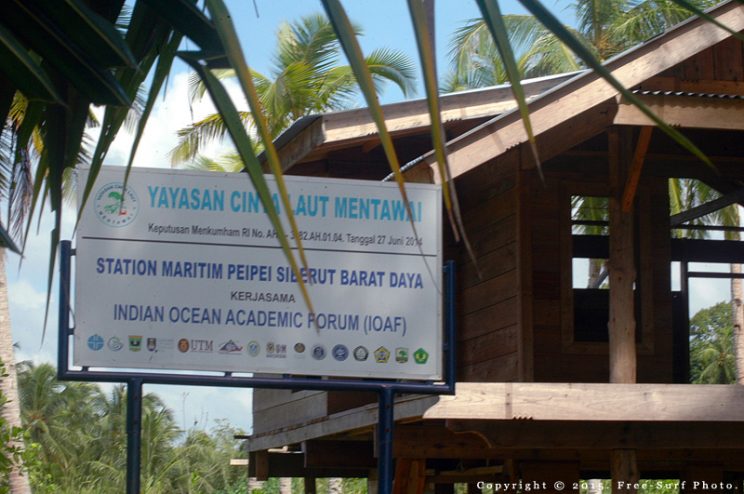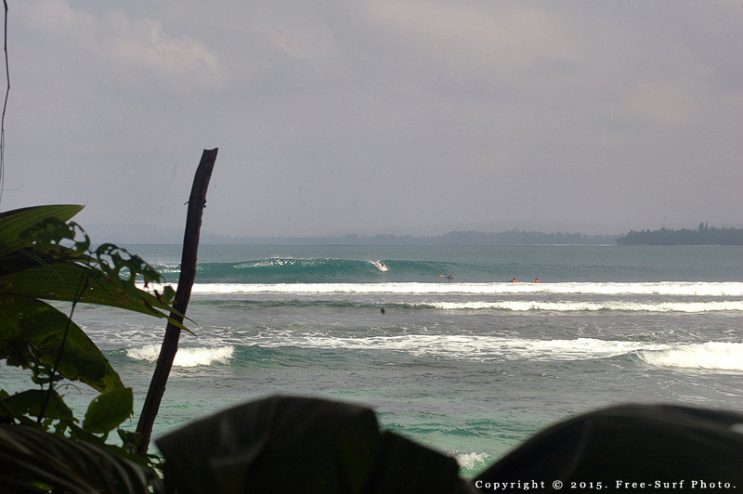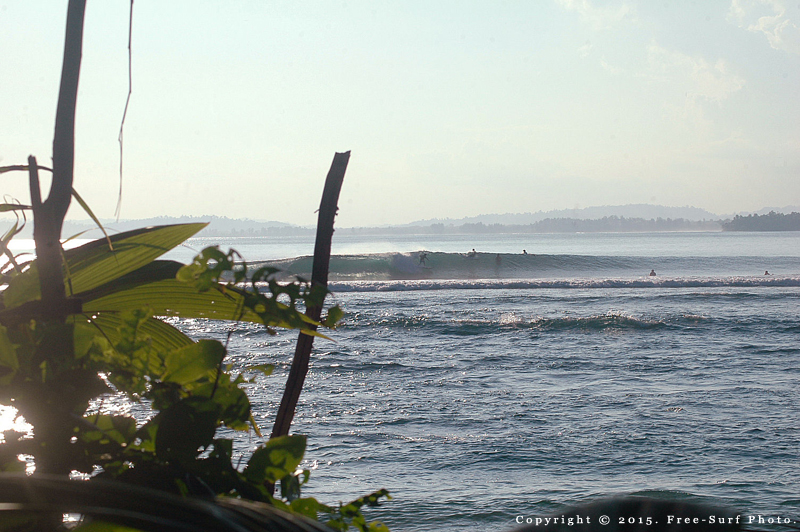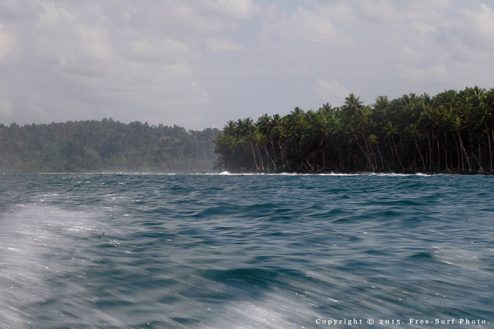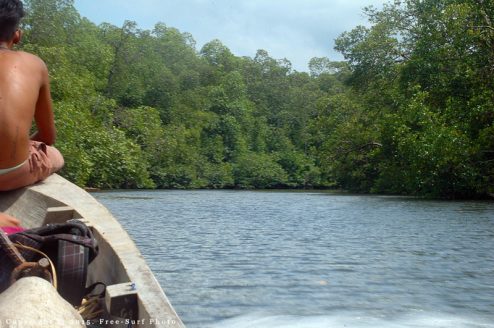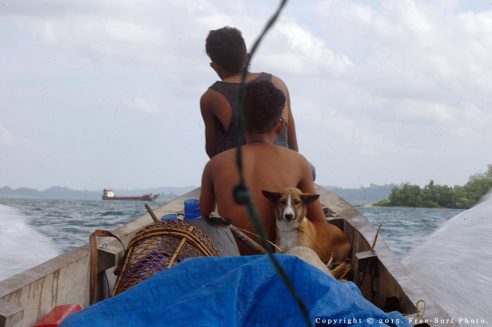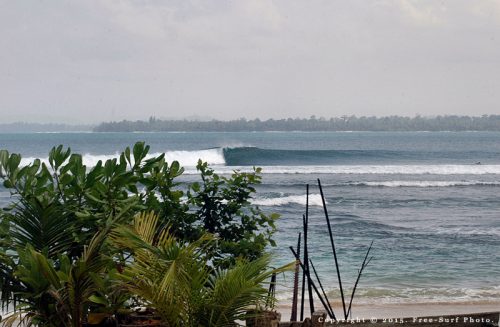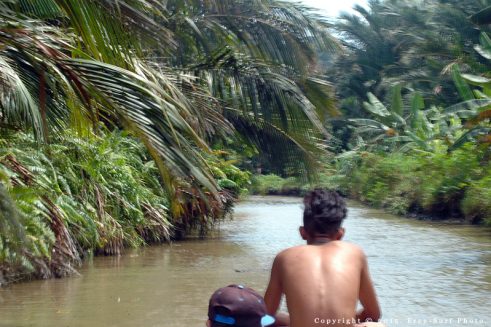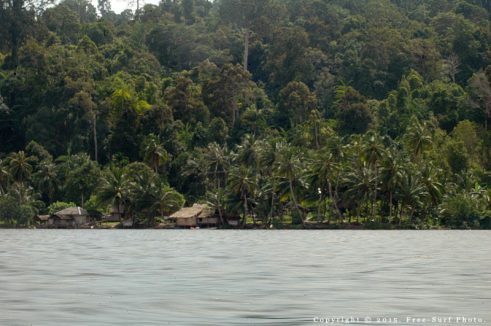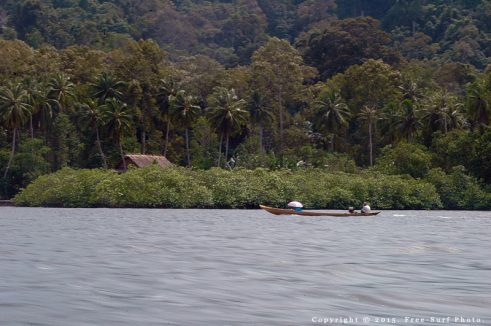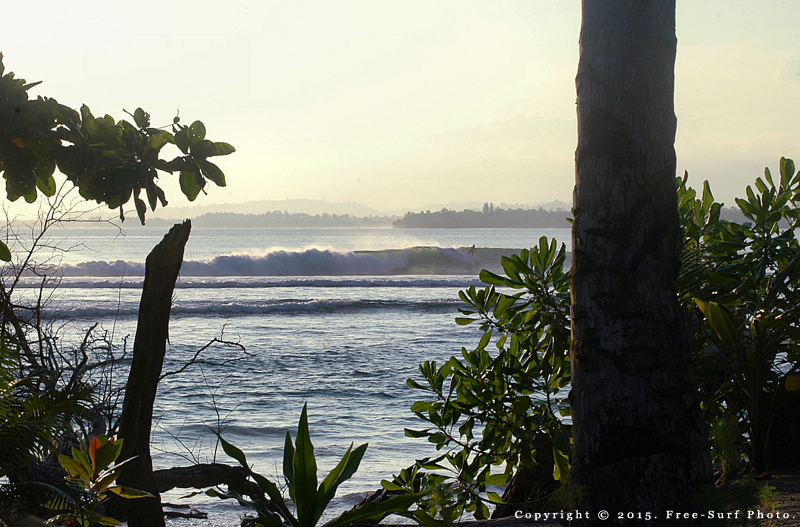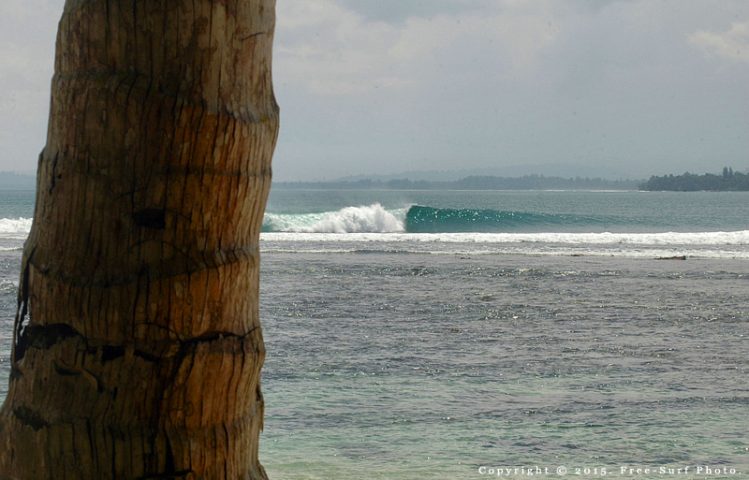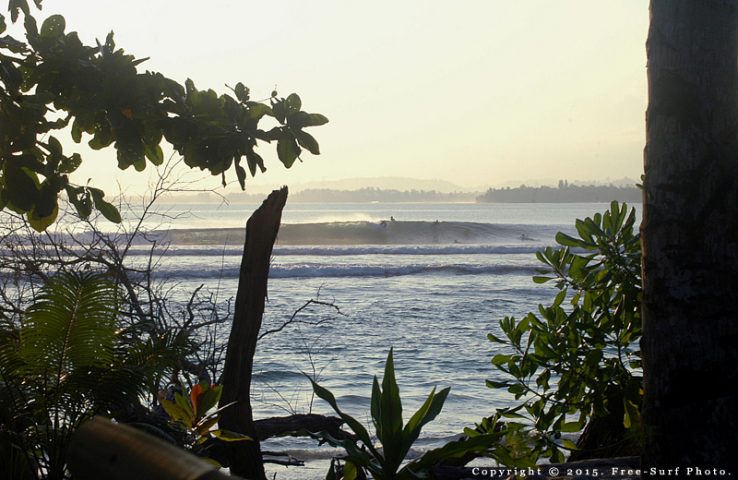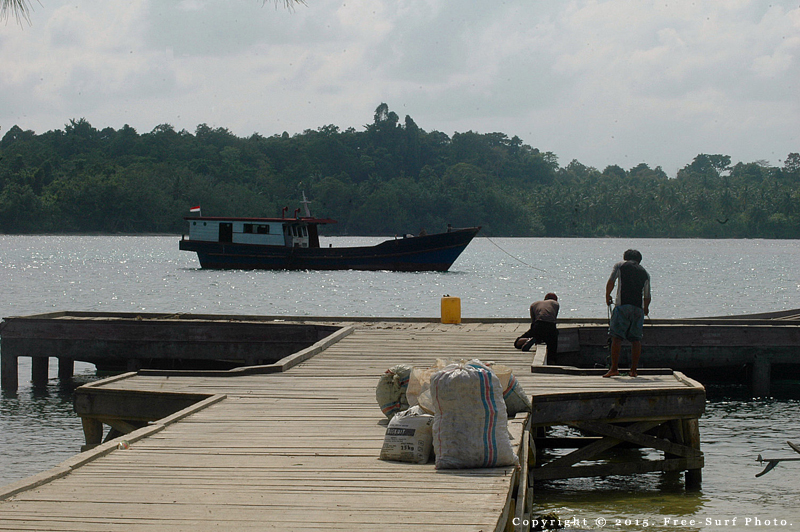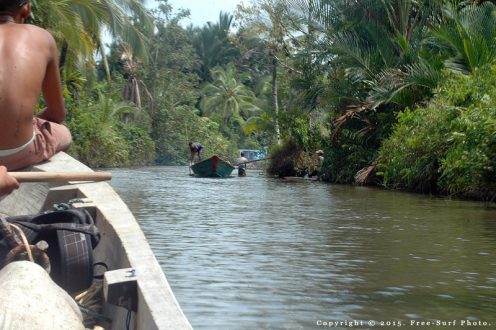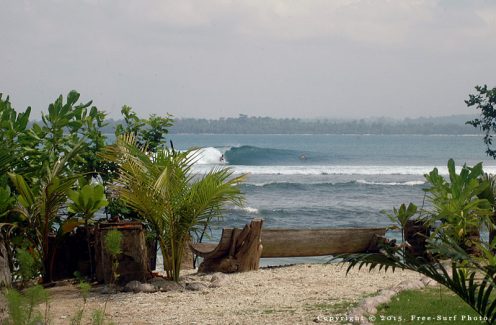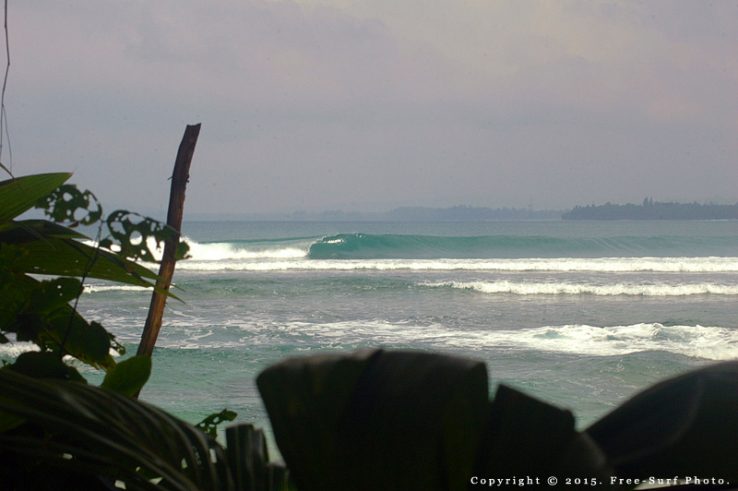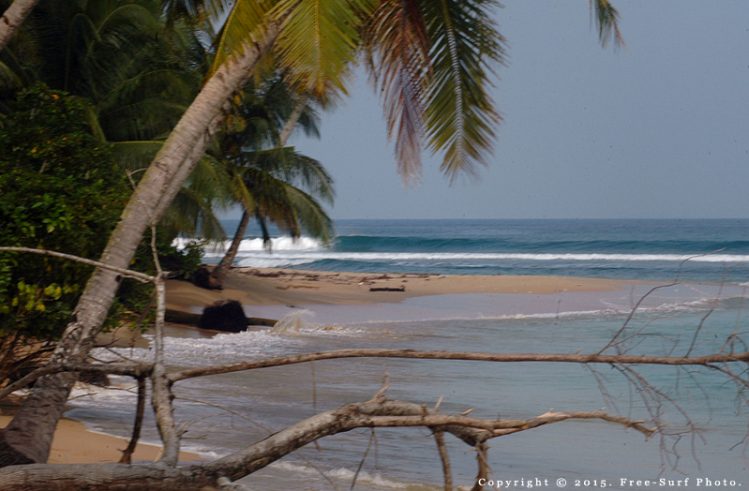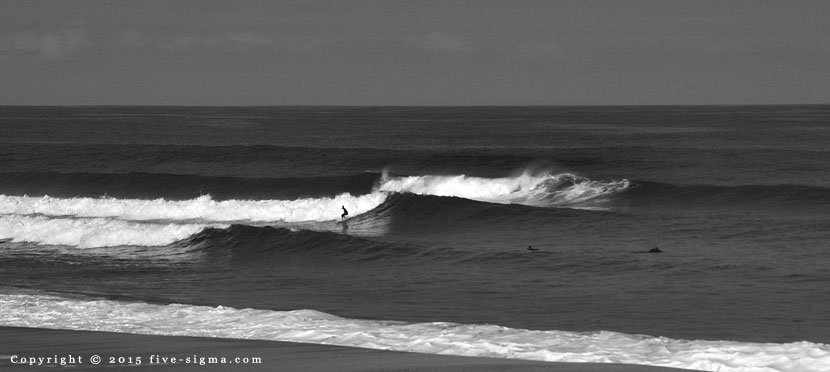With the rocking of a peaceful swell in the wild Indian Ocean, Joe was overwhelmed by such waves of memories and shades of the past on the slow-moving ship. By that time, he was torn about figuring out why he was in the position that he was in, unleashed somewhat earlier by an unreal situation at home. He was fighting to control an immeasurable urge to kill. Even many years later, here far-off the coast of Sumatra, he couldn’t help but think about that crazy shit that had been driving him mad for so long.
Few people get to really comprehend the truth about traveling Third World remote places. It’s a long and slow ride, sometimes dangerous and mostly uncomfortable. In short, it sucks. But there’s no better way for someone committed to forge an own, authentic path, traveling the hard way, staying at the cheapest and most feral of accommodations like locals. Joe was among those who knew from experience that it’s the only way to travel. The remote tropical waves he had been looking for all these years weren’t to be found following the roads more often traveled. He couldn’t expect too much in the way of creature comforts where he was going. There would be no running water, electricity, cars, toilets, restaurants, and certainly no medical care in the villages near the waves.
On his way to these wild shorelines, he was lying drenched in sweat on the outworn mattress, awake in the stinking hot dorm-style cabin of an aging ferry. Here in the middle of nowhere, a kind of shift was naturally happening in his thoughts from the radical change of perspective. In the faint glow of the night sky, as always he came to wonder.
What am I doing here?
Joe went off in the noisy agitation of the unloading ship towards the dock, gently pressed to conclude an endless journey in this near end of day. He was pushing his way through the crush when someone approached him. The young fellow of something under thirty bore a gentle, proud expression under an indescribably emaciated appearance, which seemed to be a common feature tied to the people and culture in this region.
His name was Jupy, a diminutive for Jupiter.
After a few exchanges of words about the motives of his travel, they determined to take a bajaj together to his house, in the surroundings of what looked more of a village than a town, where his own motorized river boat would take him to a tiny island, the end of his journey, hopefully before dusk.
What to expect, Joe really didn’t quite know yet. He wasn’t very enchanted at first about the idea of a late excursion in the thick forest. Little did he suspect the flow of traffic in the middle of this wilderness. Rivers provided the island’s main network of transport in the ancient culture which was common to this archipelago. This type of travel was natural to the people who have been living there for many thousands of years.
The frail dugout canoe was proceeding carefully through the maze of the mangrove, often pausing the engine to prevent any damage from the irregularly shaped depths and banks. After an hour’s ride, they came out of the forest into a channel near a little island from where they proceeded ahead along a lengthy shore. At the end of the wild stretch of beach, there seemed to be nothing except a wave, but arrived closer, they started to discern signs of activity behind the trees.
It was a modest wooden stilted construction divided in three adjoining sections preceded by an open porch. He was struck by this atypical but well carpentered organization. The frontside porch used to become the dining-room when required and the rooms, which were designed for the basic accommodation of a few lodgers, were laid out alongside of two narrow decks. The whole place stood in a pleasant little cleared field, sprinkled with palm trees and surrounded by the dense forest.
The day was nearly over and the sound of an old generator providing barely enough power for light came through him. It was the only settlement in the area. The place as a whole seemed to inspire with a kind of apparent indolence, mixing well with the peaceful setting. It felt like a place that time forgot.
Most of the land in the islands could not be purchased and used to be in control of the government or ancient clans who have inherited the land through countless generations. In the absence of registry, some people started to settle in the profusion of hot and humid fields available at the risk of losing their ownership at any time. Like many natives did to escape high disease and death rate on the islands, Jupy’s family was living in town, two hours or so from the camp by boat. The patriarch, who appeared to be a man of about fifty, thin-faced, was lord of a flourishing family consisting of his wife and four children, Jupy being the grown-up son. He was one of the few locals who had long been surfing a wave breaking at the end of the beach where the reef drops off. He later came to clear a small patch of forest and make a shelter, a common practice from when the ancient people used to live off their natural environment. With the recent drawing power of singular surf conditions in this remote wilderness, the feral palm shack had expanded to a modest beach camp permitting the whole family to increase the household income a little whilst reconnecting somewhat with their lost roots and lifestyle.
The old people were always busy all day, the father meticulously hand-building a new palm thatch roofed hut with the help of his sons, and the mother fishing on the reef or gathering in the forest. The unique daughter, helped by her young brother, was in charge with food and logistics for the current visitors. They were supported in their task by the boatman who was taking everyone in the small wooden craft to the nearby villages for supply or to the various islands in search of waves with the guests. Incidentally between two rides, he would try his hand at fishing on some reefs to bring back fresh fish to the camp for diner. The second son of eighteen was the only other surfer, he used to work hard doing a bit of everything and, as far as he could, joined the guests carelessly having fun surfing all day.
With electricity limited to the evening, rooms and facilities were pretty basic, so were the daily meals based almost exclusively on rice, eggs and fruits everyday, with some episodic fish or fresh meat like crab, pig or chicken depending on the collecting success of the day.
In the evening, they used to join by the porch after diner to endlessly play game at cards and smoke their popular clove-flavored cigarettes. When the three guest rooms were occupied, which was most likely to happen, many had to keep sleeping outside in the indeed strange, unsettling and mosquito-infested surroundings of the living forest at night, except for the two parents staying in the relative comfort of the little kitchen shack. In the morning, most of them seemed weary and had sleepy eyes while their uneasy sleep approached an inexorable end with the first lights and rising tropical heat of the day.
“It’s not even five miles long out there, we’re not going to get lost on this fucking tiny island!” shouted Sam, the funny Aussie. He was heading the small procession through the thick forest as they were trying to find a shortcut to the other side of the island. For quite some time, they had been sweating profusely loaded with boards and many other stuff, climbing up the hills over the narrow tracks still muddy and wet from previous rainy night while fighting an incessant charge of aggro “tiger” mosquitoes.
People fail to grasp the deep reality of what’s behind going very far indeed, just for waves or for something else worthwhile in life. They may seem curious at best but will never get even close to imagine the dedication that can be put chasing such fleeting mirages, for the sole delectation of riding perfect waves. With the instant mentality these days, people have little patience for anything that takes time. They afford an overpriced inclusive trip, get their photo or video and go back home post anywhere to virtually show everybody.
That’s how it is now.
Joe was from a different school, another mindset, where you get a feel for the real place and people, put in your time sitting on the beach waiting for the swell to come up and hopefully get some good waves.
He would be rewarded for this standpoint when a combination of circumstances had set him up all alone with the waves for hours of exhilarating withdrawal in this untouched wilderness. Many scenes would be seared in his mind with uncounted mechanical, machine-like, walls of sea water crashing over the shallow reef, infinite visions of tiny breaking points inviting to blow the lip with blinding speed, and downward projections bringing on the same visions of walls all over again. One of the most incredible feeling in surfing is to draw a perfect line. Another one is to go down the back, catch another wave, and do the same thing again.
No money could buy what he had that day.
He would also recollect one wave, on a later day, after hours under the burning afternoon sun with only a few others.
Boats always used to show up for the evening session pouring a herd of folks in the lineup. Unwritten rules granted a set wave for everyone each in his turn, but there would only be a set every once in a while and too many guys. Joe had been around for long, before the crowd, so he would be soon first in the queue and it would be his last wave for the day.
After a patient wait, he suddenly started moving firmly out to sea ahead the rest of the herd. A wave twice the size of the others then appeared on the horizon. Upon reaching the peaking wave, he turned around quickly and paddled quite furiously in opposite direction. When the wave reached a certain part of the shallow reef and started to break, he got on his feet in compact inclined position, like if it was to merge into the steep moving section. From the crest, a crowd of moving little points appeared furtively underneath, in front of him. Arrived at the bottom, the amount of speed retrieved from all the power of the breaking wave was followed by a deep turn forward and an upward leap like to project the board straight up to the sky. Focusing on a tiny point, his legs a little bent halfway up the breaking wall of water, he set out to position his right arm as a pivot upon almost reaching the top, turning in extension while pushing both legs with all his strength, filling an area of sky with a stream of water mist. It was only after this turn completed with power and flow that he reached the forefront of the horde and had then to weave between boards to make a few other turns.
As he paddled back through the pack to get back to shore around the reef, he could feel the impression the wave had made on the crowd.
Copyright © 2015 five-sigma.com
Psychological harassment at EPFL
Academic mobbing at EPFL
Bullying at EPFL
EPFL entitled little shits
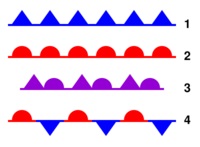 1. Cold front: Rainfall can be torrential and wind speeds can be high. Represented on a weather map as a (blue) line with triangles bordering one side. The direction that the triangles point is the direction in which the cold front is moving.
1. Cold front: Rainfall can be torrential and wind speeds can be high. Represented on a weather map as a (blue) line with triangles bordering one side. The direction that the triangles point is the direction in which the cold front is moving.